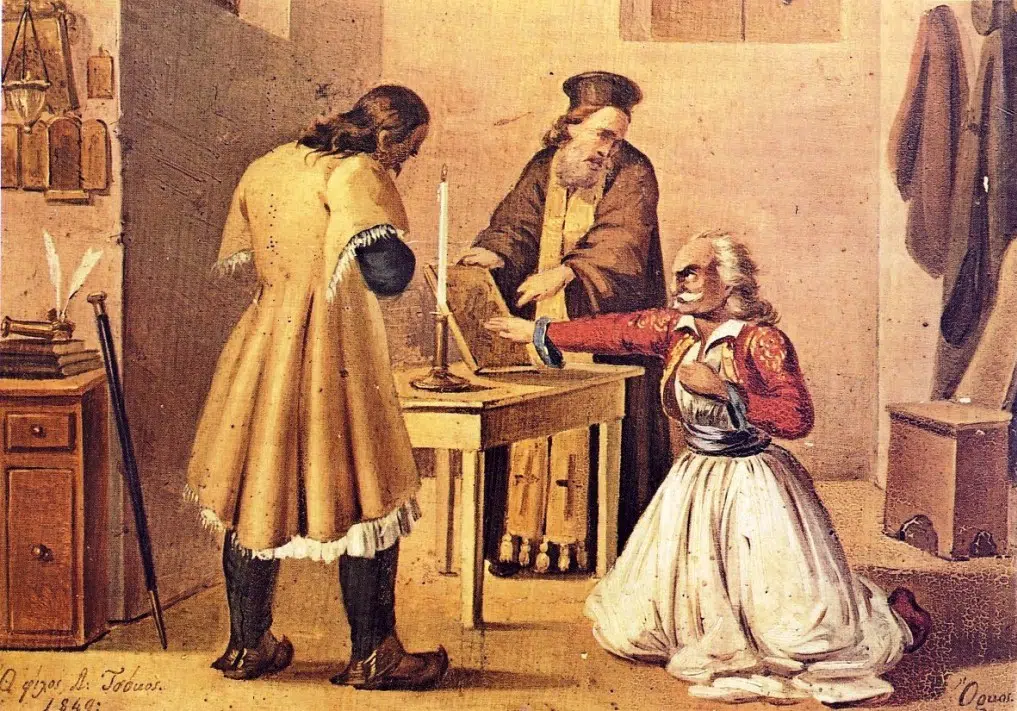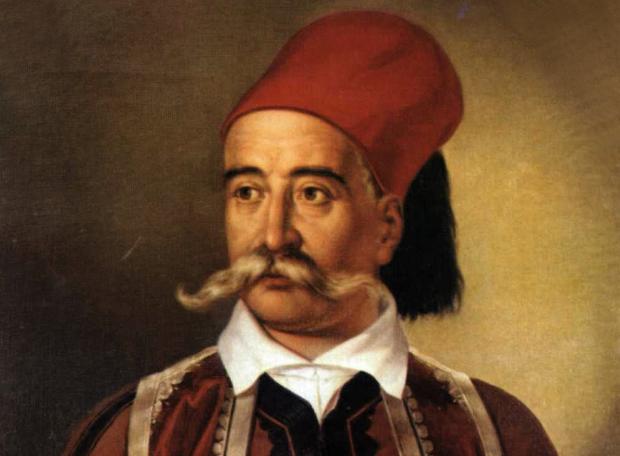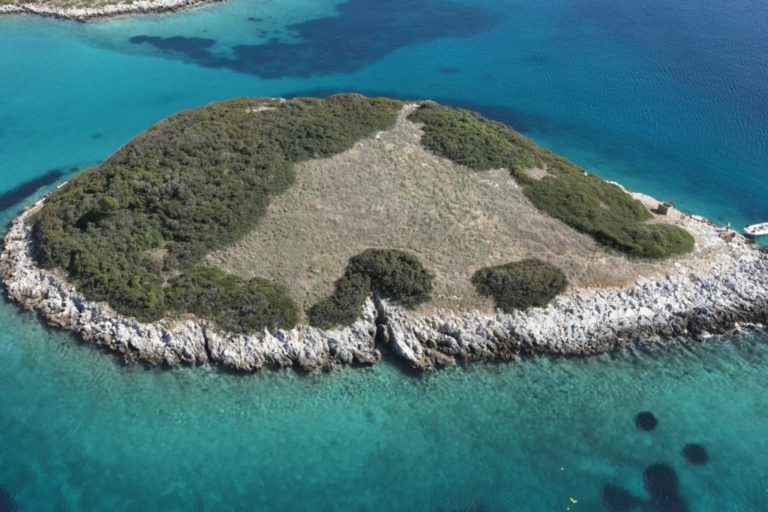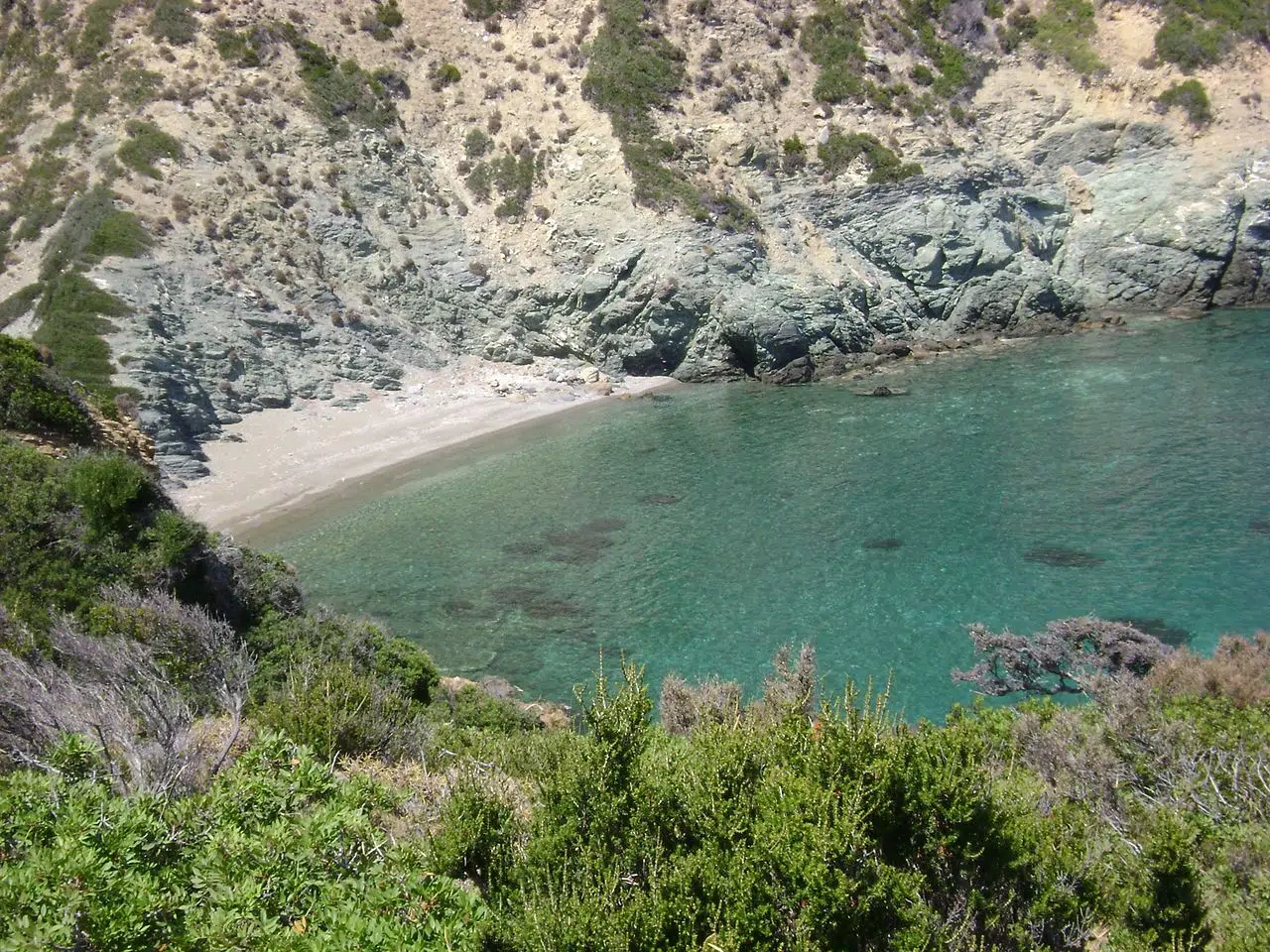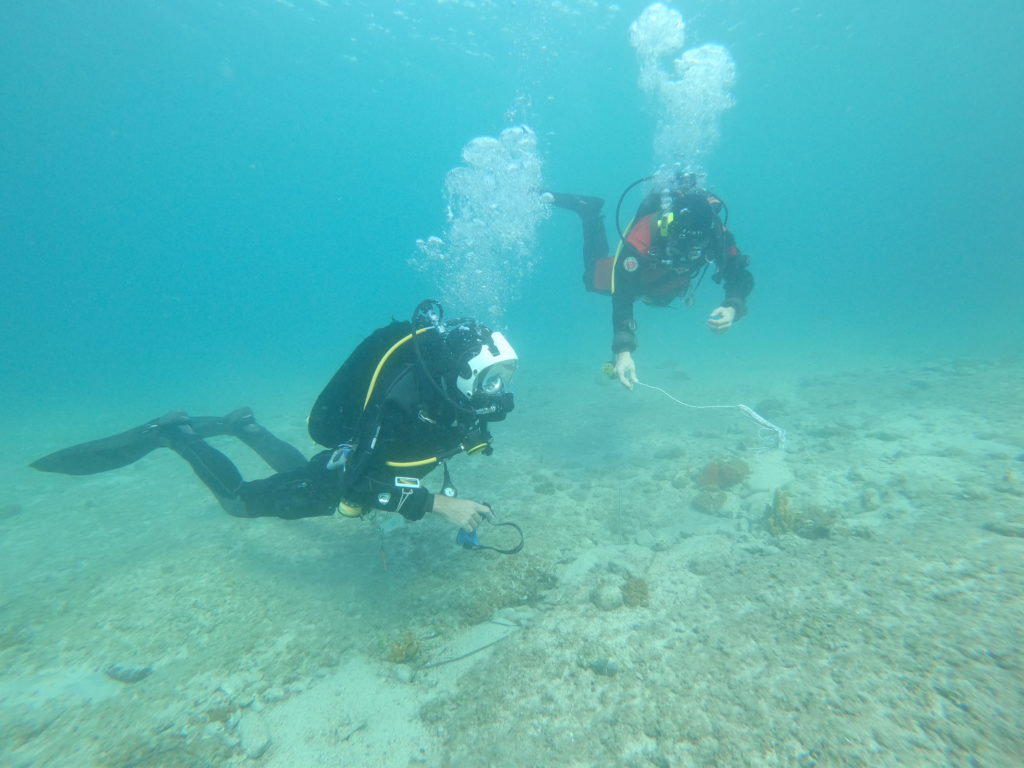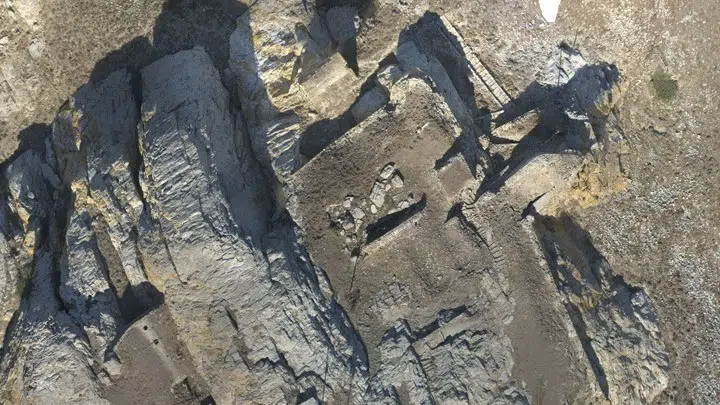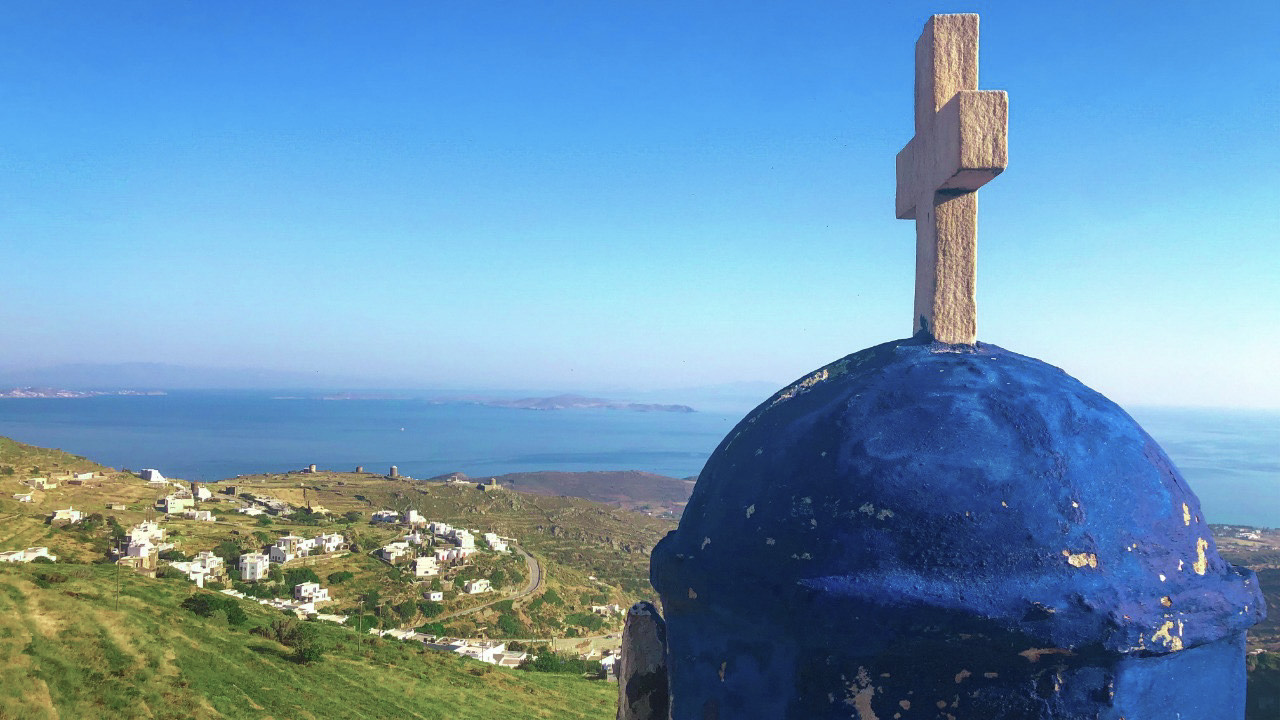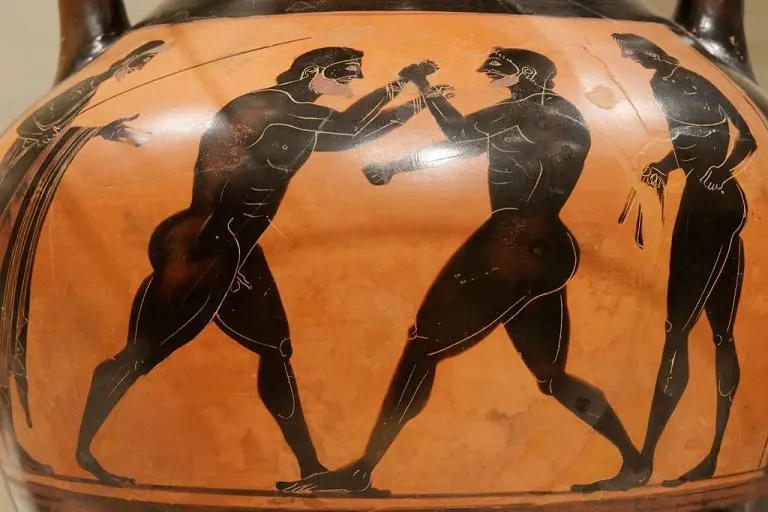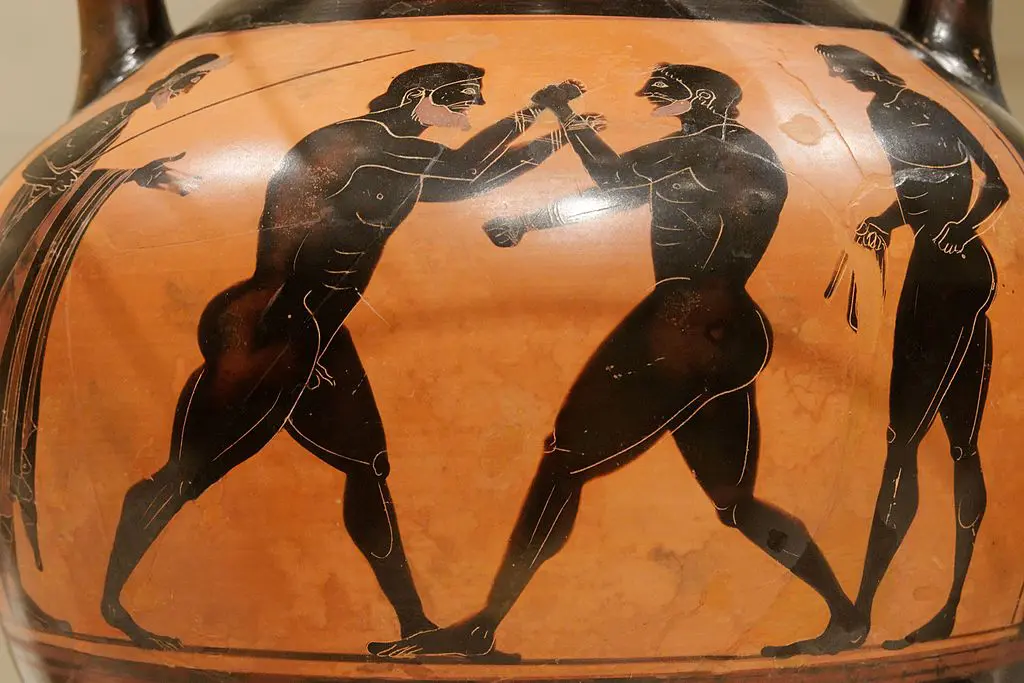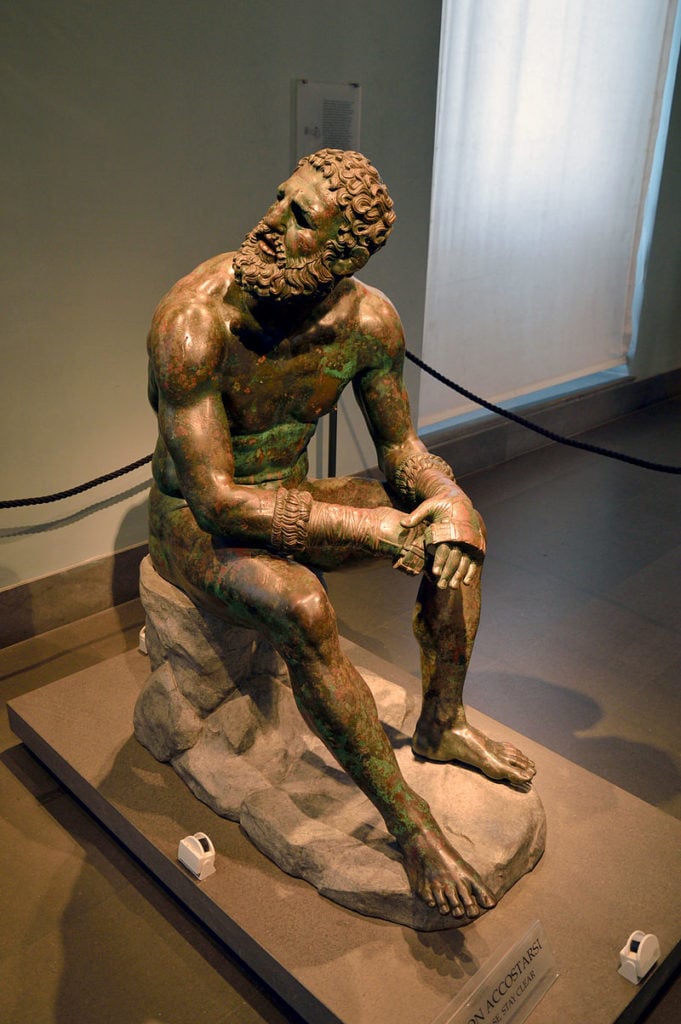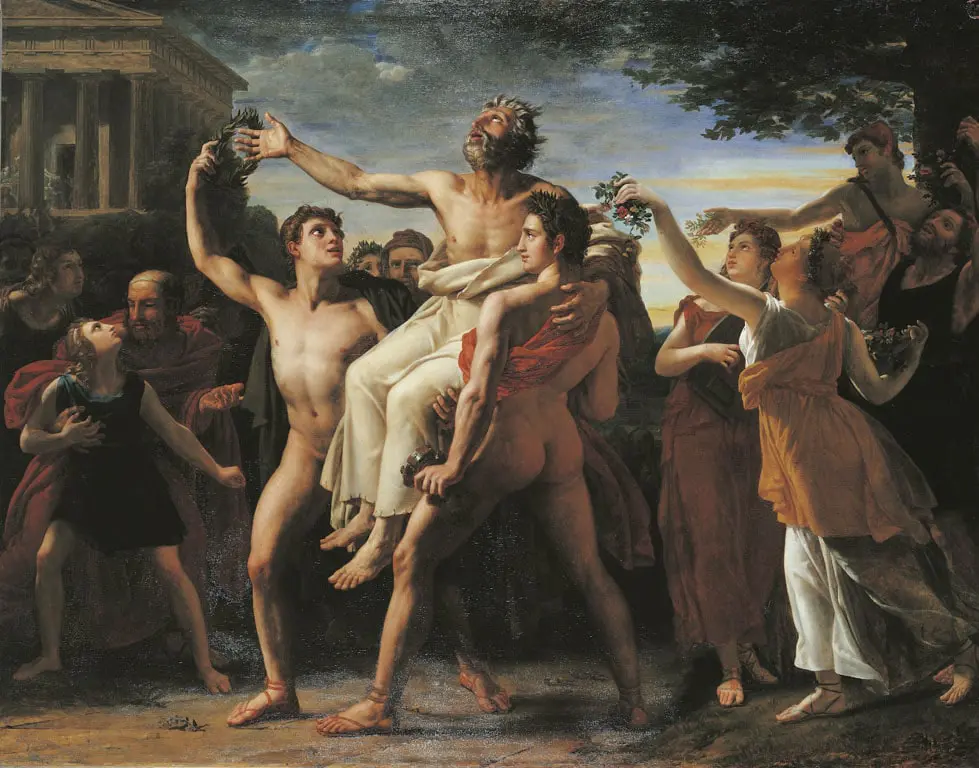
Vladimir Putin won by a landslide in Russia accumulating more than 87 percent of the vote in a Presidential election where no credible opposition candidate was allowed to stand.
The result means Putin will rule until at least 2030, when he will be 77. As Russia’s longest-serving leader since Soviet dictator Joseph Stalin, he will secure a third full decade of rule.
Western countries lined up to condemn the vote as neither free nor fair. The US said the election was “obviously not free nor fair,” and Germany called it a “pseudo-election” under an authoritarian ruler reliant on censorship, repression, and violence. UK Foreign Secretary Lord Cameron condemned “the illegal holding of elections on Ukrainian territory.”
With most opposition candidates either dead, jailed, exiled, or barred from running and with dissent effectively outlawed in Russia since it launched its full-scale invasion of Ukraine in February 2022, Putin faced no challenge to his rule.
Putin hails election in Russia
President Putin hailed Russia’s presidential campaign as far more advanced than the US, citing Russia’s use of online voting, which officials said brought in eight million voters.
“It’s transparent and absolutely objective,” he suggested, “not like in the US with mail-in voting…you can buy a vote for $10,” he said.
“What did you want, for them to applaud us? They’re fighting with us in an armed conflict …their goal is to contain our development. Of course, they’re ready to say anything,” he added.
He praised opposition campaigners for encouraging voters to turn out in greater numbers, although he condemned those who spoilt their ballots and said action would be taken against them.
For the first time, he referred to Alexei Navalny—his most vocal critic—by name, a month after he died in a penal colony in the Arctic Circle.
In a remark possibly aimed at rebutting widespread allegations that he had Navalny killed, Putin confirmed reports that he had explored exchanging him for prisoners held in the West on the condition that his rival would never return.
“I said I’m for it but, unfortunately, what happened happened,” Putin said. “What can you do? That’s life.”
The election was also held in occupied regions of Ukraine
Russia also held the presidential election in four Ukrainian regions it annexed during its full-scale invasion. Ukraine said the elections violated international law and would be designated “null and void.”
Russian-installed authorities in occupied Ukraine reported a high turnout of more than 80 percent. However, evidence has emerged of voter coercion. Russian Telegram channels have shown Russian soldiers accompanying election officials as they go house-to-house to collect votes.
One video from Luhansk showed an elderly woman in her apartment filling out an election paper and putting it in the ballot box, while a man in army fatigues stood over her with a rifle slung across his chest.
After the release of preliminary results on Sunday, Ukrainian President Volodymyr Zelensky called Putin a “dictator” and Russia’s election a “sham.”







